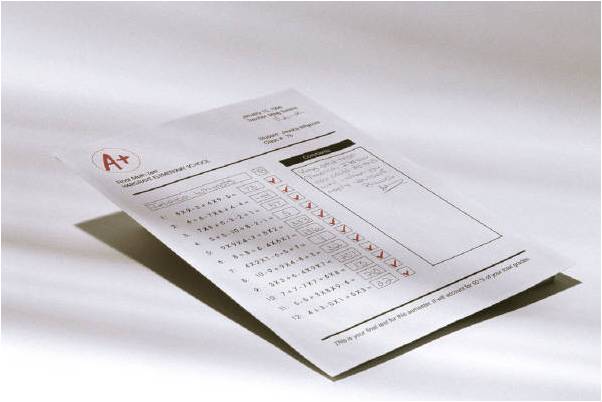This week’s book summary is The Four by Scott Galloway.
Although I may not completely agree with Galloway’s perspective in this book, he provides a combination of solid research and cynical humor to paint a picture of how a few companies are reinventing the world as we know it. His detailed study of Amazon, Apple, Facebook, and Google show how these massive companies were formed, the market spaces they created, and the incredible societal and business impacts they have made and are making.
My takeaway from this book is Galloway’s “T Algorithm” which is his definition of the factors needed for a business to rise up and compete against The Four. The eight factors are:



